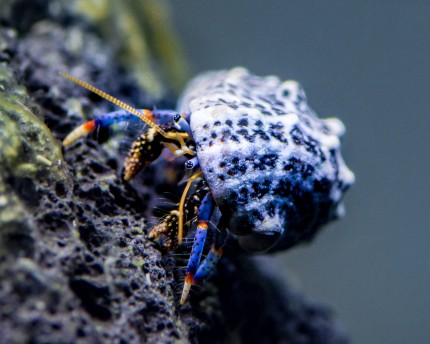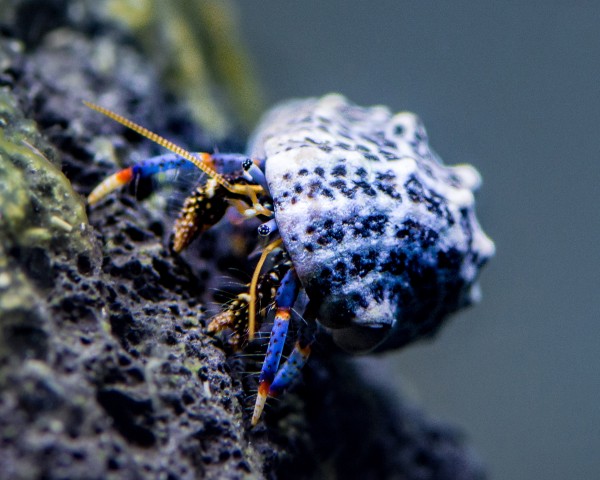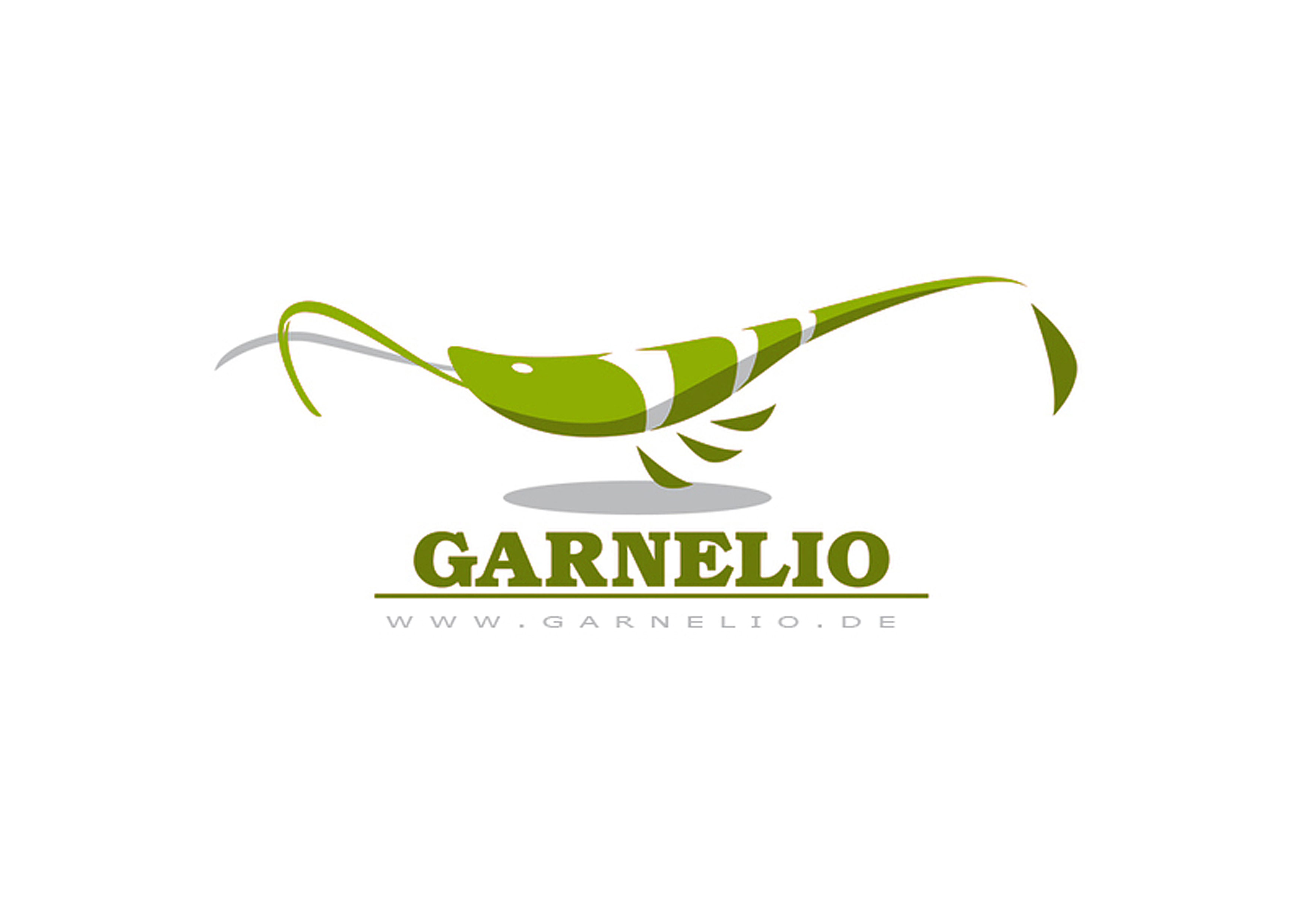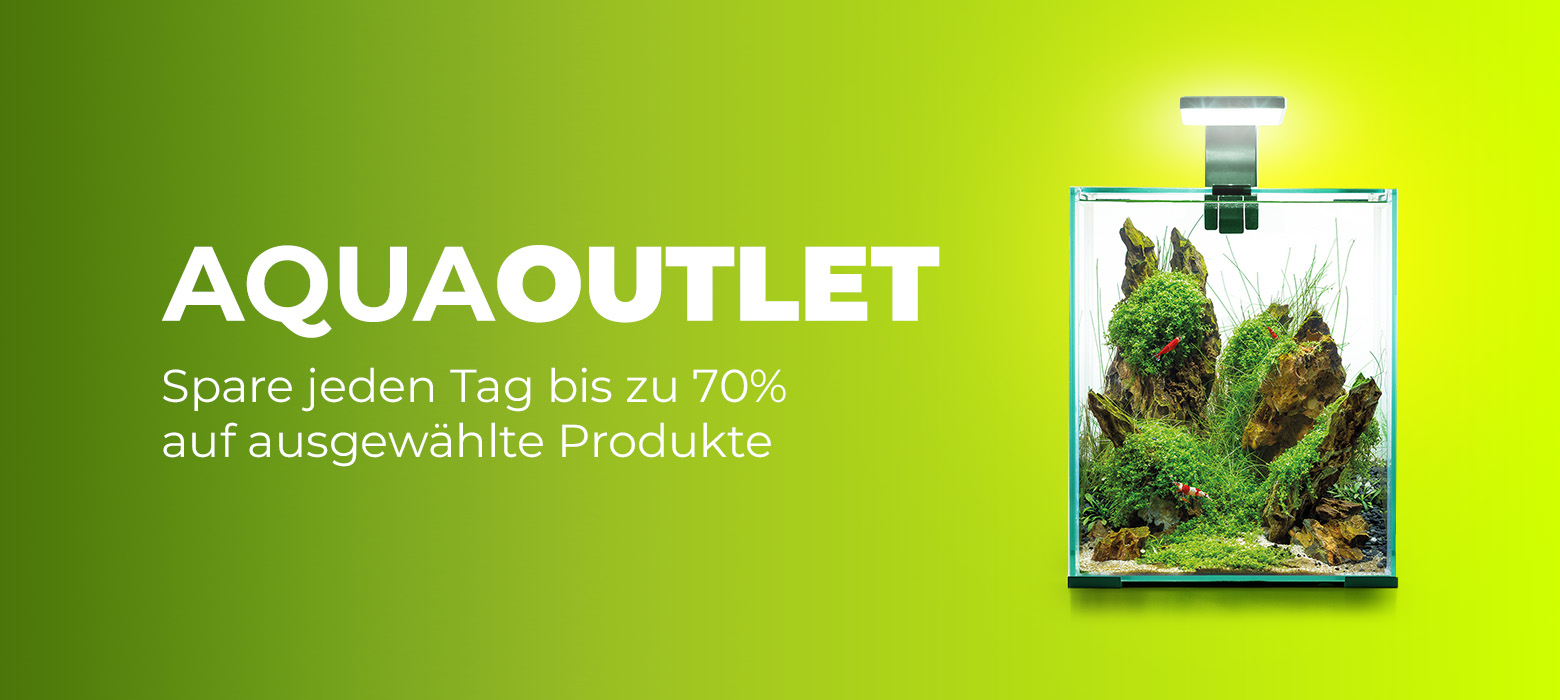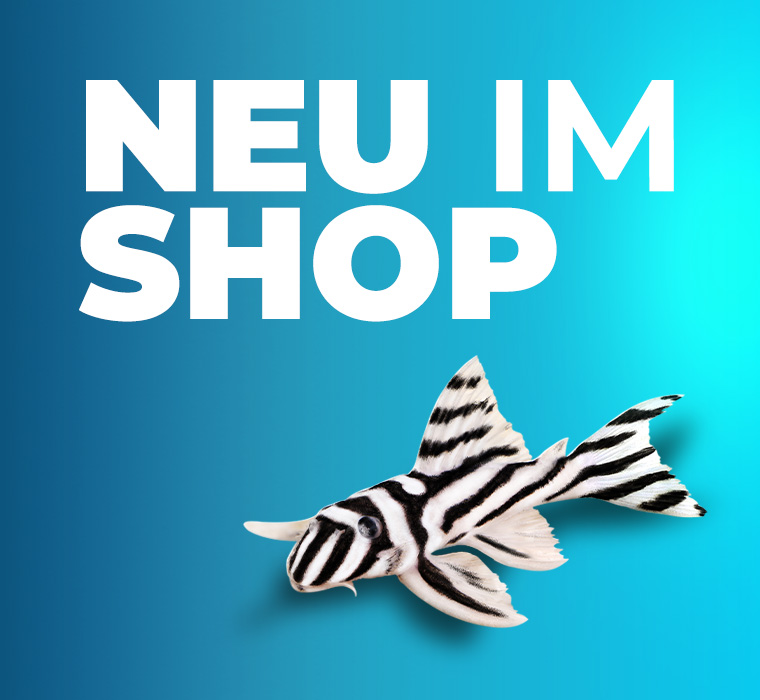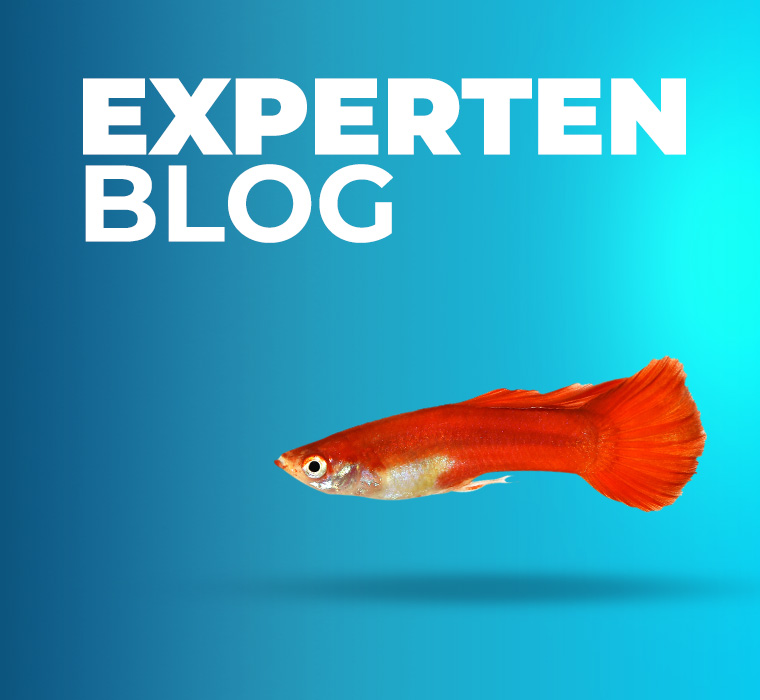- Item no: 27206
Fast delivery times
All products are in stock with us!14 years of breeding experience
Let our team of experts advise you!High customer satisfaction
from over 3,000 reviews "With its cute beady eyes, and also the peculiarity that it always carries its little house piggyback with it, make the blue hermit crab a great reef dweller to watch. Also known as Clibanarius tricolor, this little guy belongs to the order Decapoda and is classified as a hermit crab. It is found circumtropically at depths up to 1 meter and occasionally resides on land. As an excellent algae eater it plays an important role in the aquarium, because with its small legs and claws it can pluck them wonderfully out of crevices and cracks, where a fish mouth cannot reach.
Blue hermit crabs live in empty snail shells, in which they have nested with their worm-like abdomen and two strong little legs. They run forward with their blue-red striped legs and drag their house behind them. The legs are hairy and have, among other things, small spots. The outer segments are yellow and have pointed claws with which they can easily pull themselves up reef overhangs. They have a thickened and distinct pair of claws, which can be burgundy with bright spots. They grow to about 2 cm in size and are therefore already suitable for nano aquariums.
Clibanarius tricolor can be kept in mini reefs from 54 liters, but also in community aquariums they play an essential role in the containment of filamentous or smear algae, plaque and growth. As sociable crawlers, we recommend keeping them in groups of 5 or more. The blue-legged hermit crab must also be carefully acclimated to its new home and density in the aquarium, such as with a Acclimation set and the droplet method. Care should be taken not to hold it upside down for too long when placing it and lifting it, otherwise it may fall out of its home. When treating with medication, care should be taken that he is also sensitive to copper. The hermit crab regularly sheds its skin and changes its house, among other things, so there should be enough empty snail shells available for it, otherwise it can dispute its mates their own. To make him feel comfortable, the aquarium water should be changed regularly and checked with a Test-Set for seawater should be checked. It feels most comfortable at a density of 1.023 and a pH between 7.8-8.3 with a cozy 22-28°C.
The Blue-legged hermit crab is an omnivore that mainly feeds on algae, but will also eat food scraps. It can be mixed with small Live- and Frozen food such as gammarus, copepods and saltwater fleas, but can also be fed with Algae leaves. Thanks to their preference for filamentous algae and smear algae, they represent an important member in the aquarium.
Expert Tip: When keeping fish we recommend the NatureHolic 3 Phase Liquid. The care set offers the best all-round protection for your animals. It ensures optimal conditions for successful breeding and keeping.
Special feature: Algae eater
| Scientific name: | Clibanarius tricolor |
| German Name: | Blue-legged hermit crab |
| Difficulty level: | for beginners |
| Origin/Distribution: | circumtropical |
| Coloration: | blue-red legs, distinct claws |
| Age expectancy | approx. 2 years |
| Water parameters: | Salinity: 35 g/l, density: 1.023, KH 7-9 °dKH, pH 7.8-8.3, calcium: 400-430 mg/l, magnesium: 1,250-1,350 mg/l, temperature 24-26 °C |
| Tank size: | 54 l and up |
| Food | Omnivorous, flake food, algae, small live and frozen food such as cyclops, copepods, nauplii |
| Breeding | not breedable |
| Behavior | peaceful |
| Group size | at least 5 animals |
| Further information |
- Item no: 27206
Entdecke die Garnelio Welt!
Garnelio gehört zu den größten Onlineshops für wirbellose Aquarientiere weltweit.
Viele Artikel gibt es exklusiv nur bei uns im Shop.

